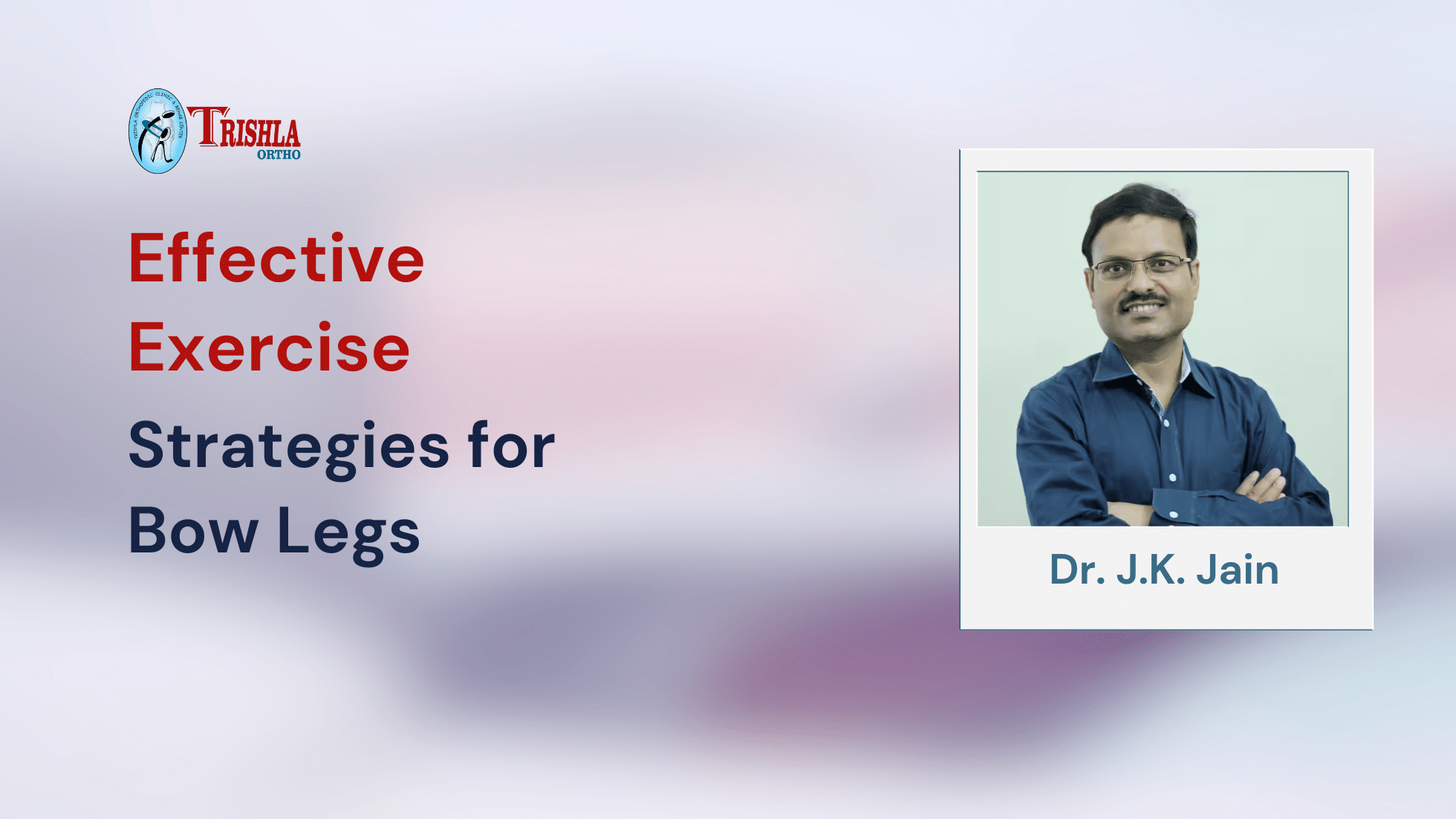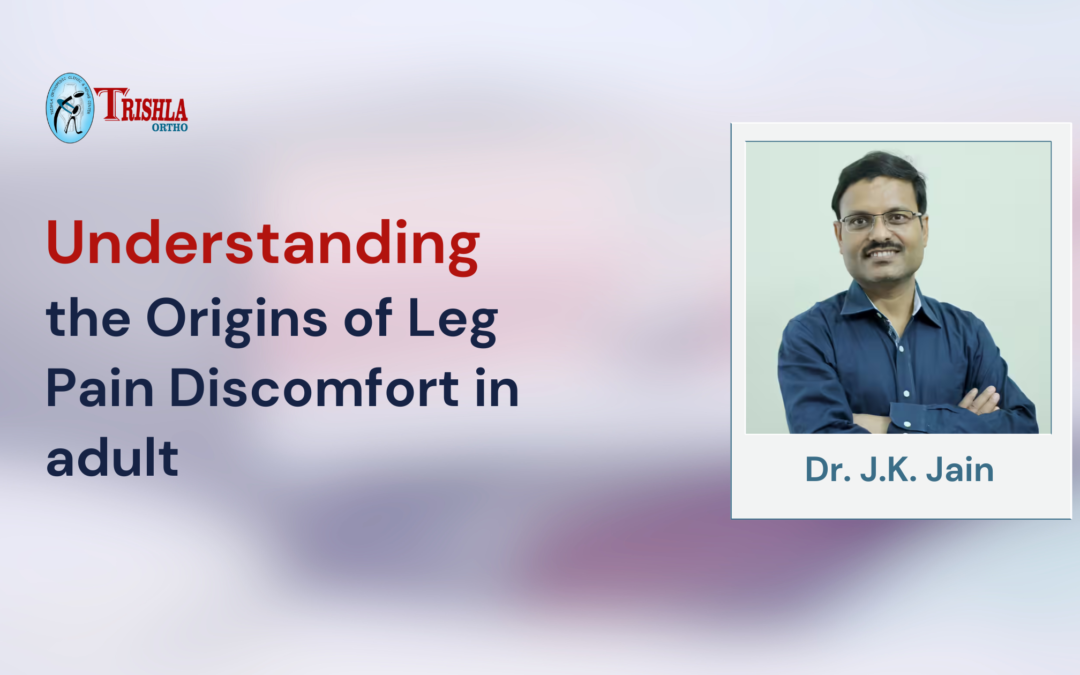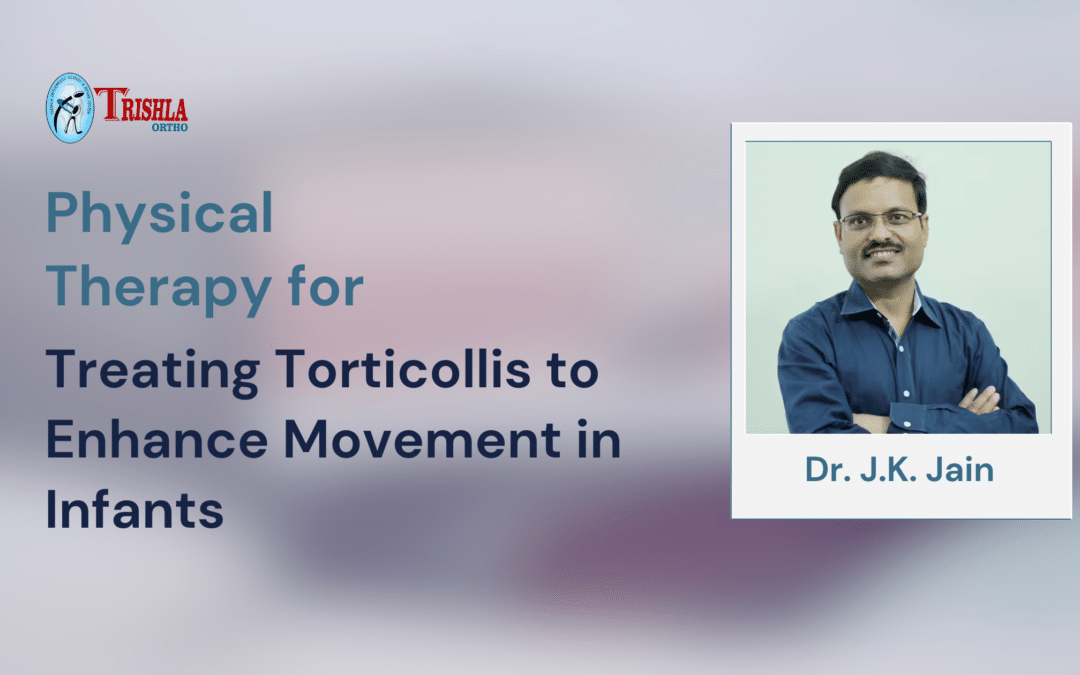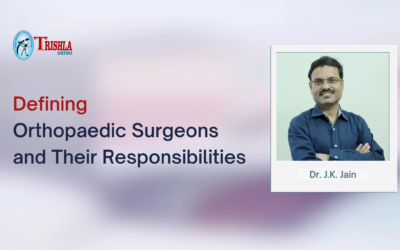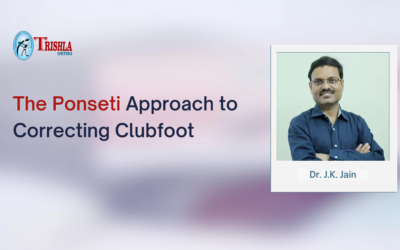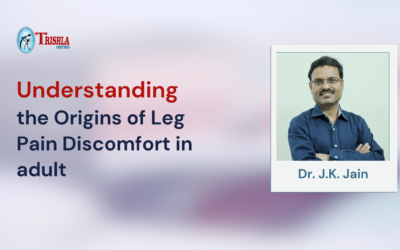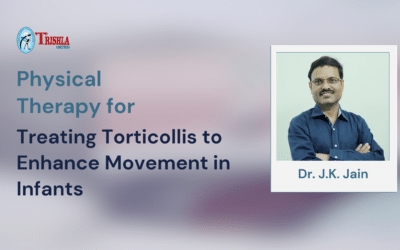Bow legs can present unique challenges when it comes to exercise, but with the right approach, you can still achieve your fitness goals while minimizing the risks of injury or discomfort. Here are some tips to help you with the same even in bow legged baby treatment while managing the challenges of exercising with bow legs.
Table of Contents
- What Are Bow Legs?
- 7 Challenges of Exercising With Bow Legs
- 10 Effective Exercises for Bow Legs
- Tips to Exercise Effectively with Bow Legs
- Conclusion
- FAQs
What Are Bow Legs?
Bow legs is a very common condition characterized by an outward curvature of the legs, causing them to bend away from each other, creating a gap between the knees when a person stands with their feet together. Though it occurs in children and adults often, bow-legged baby treatment can be required on an instant basis sometimes.
Bow legs, a prevalent condition, is marked by an outward curvature of the legs, resulting in a noticeable separation between the knees when an individual stands with their feet together. It is important to note the difference between bow legs and knock knees.
While both conditions can manifest in children and adults, bow legs involve an outward bending of the legs, creating a gap between the knees.
On the other hand, knock knees involve an inward curvature of the legs, causing the knees to come together and touch when the person stands with their feet together.
Though bow legs can occur in children and adults often, bow-legged baby treatment can be required on an instant basis sometimes
7 Challenges of Exercising With Bow Legs
Here are selected challenges of exercising with bow legs for reference-
| Challenges with Bow Legs | How it affects? |
| 1. Alignment Issues | Bow legs can affect the alignment of the knees, potentially leading to improper form during exercises. |
| 2. Increased Risk of Injury | Improper alignment can increase the risk of injuries, such as strains, sprains, and ligament damage. |
| 3. Limited Range of Motion | Reduced flexibility in the legs can limit the range of motion during exercises like squats and lunges. |
| 4. Muscle Imbalances | Uneven distribution of muscle development can occur, causing muscle imbalances and weaknesses. |
| 5. Joint Stress | Bow legs may place additional stress on the joints, potentially leading to long-term joint problems. |
| 6.Pain and discomfort | Exercising with bow legs can be uncomfortable, leading to pain and discomfort during and after workouts. |
| 7. Difficulty in Gait | Some individuals with bow legs may have an altered gait, making certain exercises and activities challenging. |
10 Effective Exercises for Bow Legs
Here are the effective exercises that may help to control the physical problems that occur because of bow legs. These exercises are not going to correct bow leg deformity. Bow-legged baby treatment can also be aided by this-
Quadriceps Strengthening
- Exercise– Leg extensions using a machine or resistance band, where you extend your lower legs against resistance.
- Benefits– Strengthens the front thigh muscles (quadriceps) to help support and align the knee joint.
Hamstring Strengthening
- Exercise– Leg curls with a machine or resistance band, involving bending your knee against resistance.
- Benefits– Builds strength in the back thigh muscles (hamstrings) for better knee stability.
Calf Muscle Exercises
- Exercise– Calf raises on a step or platform, which involves lifting your heels and pushing onto your toes.
- Benefits– Targets the calf muscles, promoting better leg alignment and balance.
Stretching
- Exercises– Stretch the calf, quadriceps, and hamstring muscles regularly through gentle, controlled movements.
- Benefits– Prevents muscle imbalances and maintains flexibility for improved leg alignment.
Hip Strengthening
- Exercise– Hip abduction and adduction using resistance bands or gym equipment, which involves moving your leg away from and toward your body’s midline.
- Benefits– Enhances hip stability, which can significantly influence leg alignment.
Low-Impact Cardio
- Activities– Swimming, cycling, and using an elliptical machine, which involves continuous, low-impact motion.
- Benefits– Provides a cardiovascular workout without putting excessive stress on the legs.
Yoga and Pilates
- Activities– Engaging in yoga or Pilates classes, which include a series of controlled movements and poses.
- Benefits– These disciplines improve flexibility, balance, and overall posture, addressing bow leg issues holistically.
Resistance Bands
- Exercises– Incorporate resistance bands into leg workouts to target specific muscles by creating resistance against your movements.
- Benefits– Helps strengthen muscles while maintaining proper leg alignment.
Core Strengthening
- Exercises– Planks, bridges, and other core exercises, that involve engaging and stabilizing your core muscles.
- Benefits– A strong core provides overall body support, potentially aiding leg alignment.
Balance Training
- Exercises– Single-leg stands or balance board exercises, where you stand on one leg or a balance board.
- Benefits– Enhances stability and alignment in the legs, improving coordination and preventing injury during daily activities and exercises.
Tips to Exercise Effectively with Bow Legs
Here are the tips to exercise effectively with bow legs for improving balance and can be effective for bow-legged baby treatment as well-
1. Warm-Up Adequately– Prior to any workout, warm up your muscles to prepare them for exercise.
2. Listen to Your Body– Pay attention to any discomfort or pain during exercise. If you experience pain, stop the exercise and book an appointment with a healthcare professional.
3. Stay Hydrated and Eat Well– Proper hydration and a balanced diet can support your overall health and help your muscles recover effectively.
Conclusion
Remember, consistency is key when exercising with bow legs, especially while bow-legged baby treatment. So, by following these tips and listening to your body, you can work toward improved leg strength, alignment, and overall fitness. Prioritize to consult with a pediatric orthopedic doctor for personalized guidance.
Reference links –
https://www.verywellhealth.com/exercise-with-bow-legs-or-knock-knees-3119242
https://www.medicalnewstoday.com/articles/bow-legs
